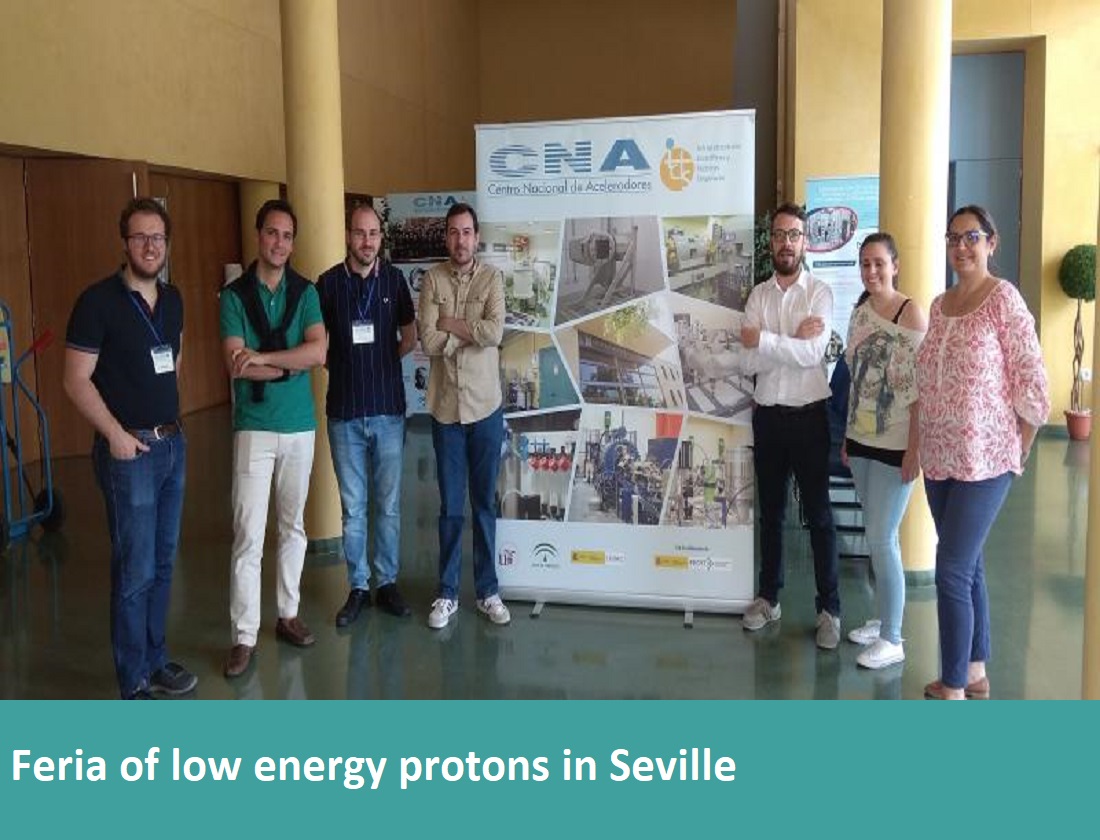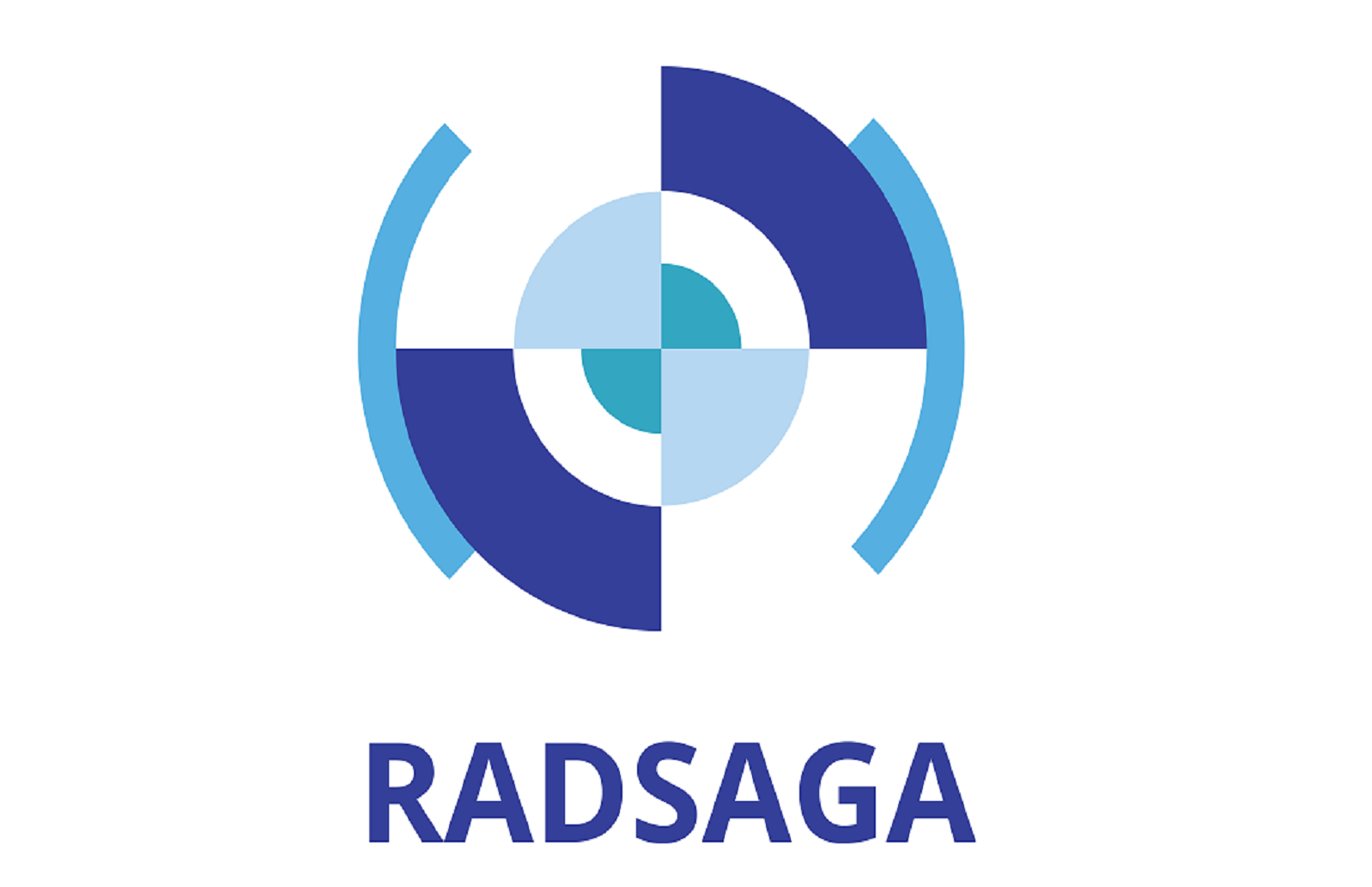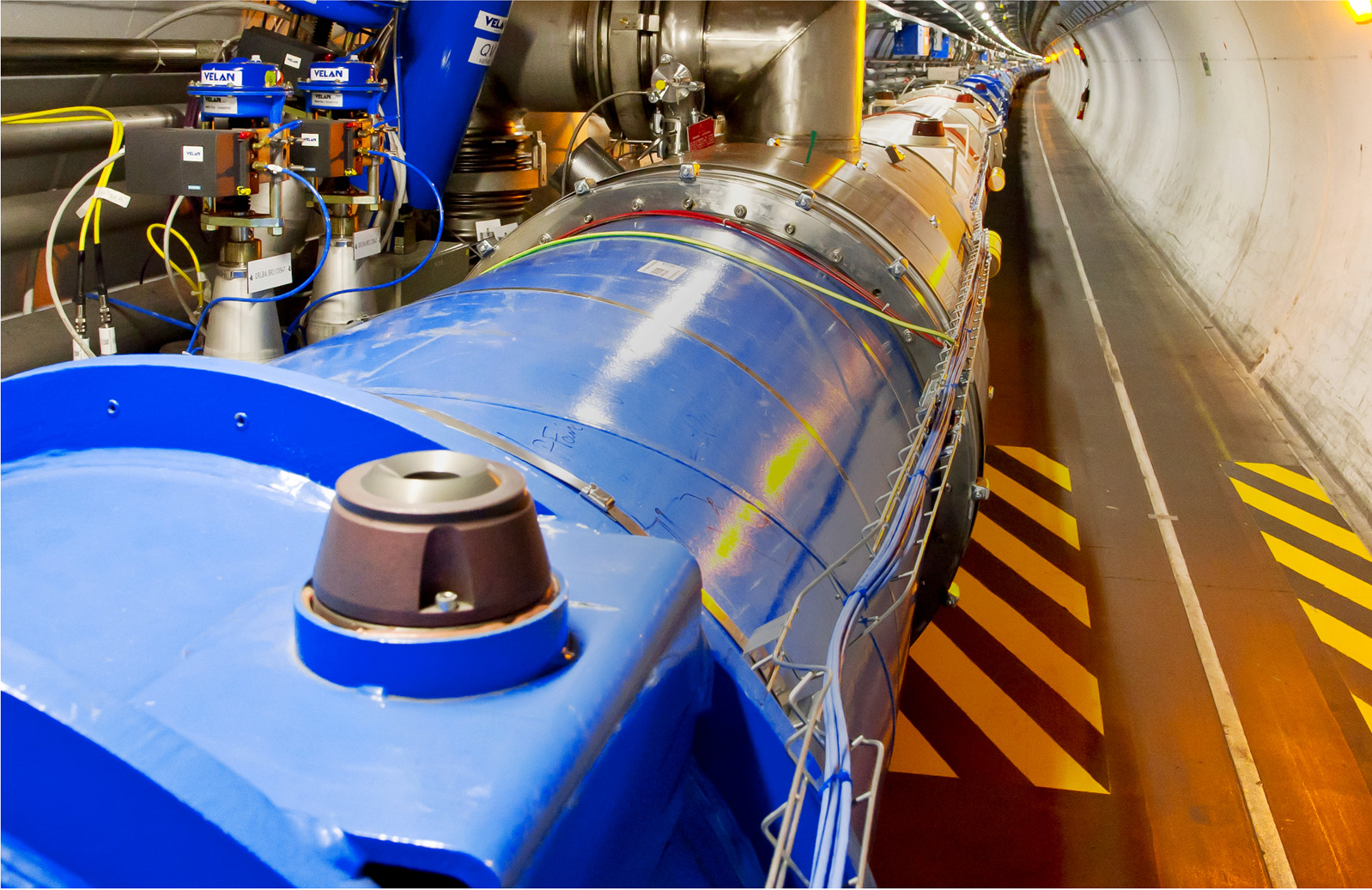Feria of Low Energy Protons in Seville
The Centro Nacional de Aceleradores (CNA) in Seville, Spain, is becoming more relevant in the radiation community thanks to its Tandem van-de-Graaff accelerator which accelerates protons at quite low energy (0.5-6 MeV) if compared to what standard radiation testing methodologies suggest. However, the low energy proton sensitivity of modern CMOS technologies, due to the reduced critical charge of smaller technological node sizes, and its impact on radiation hardness assurance for space, avionic and accelerator applications are becoming topical. That's why RADSAGA travelled all the way to Andalusia to deepen the knowledge about this novel issue caused by proton direct ionization. In physical terms, this sensitivity enhancement is caused by the proton stopping inside the sensistive volume of the transistor and releasing its full energy all at once (Bragg peak). This energy release can deposit a charge large enough to flip the bit from the initial value that was stored in the memory cell.
Andrea Coronetti (ESR15) and Rubén García Alía (RADSAGA coordinator) joined Carlo Cazzaniga (from the ChipIR facility in Oxford, UK) at CNA. The experimenter were helped carrying out their experiments by the facility experts Yolanda Morilla and Pedro Martin-Holgado. The week started with the setting up of the experiments from Andrea and Carlo. The latter experiment made use of a Si diode to measure the energy deposited by the protons which were scanned at different energies (about every 100 keV). The diode was also calibrated with an alpha source and proved its further potentialities as an instrument to integrate the actual proton flux. This feature was largely used during the tests of commercial SRAMs. A 90nm commercial product from Cypress was tested along with two 65nm commercial product from ISSI and Cypress, respectively. High cross-section peaks were identified for all the memories at energies lower than 2 MeV. After this successfull experiments, the team moved on testing the novel 65nm RADSAGA SRAM Monitor developed by Jialei Wang (ESR5). The main feature of this monitor is its tunable core voltage which can be lowered down to an outstanding 0.3 V. The experiment clearly pointed out the potentialities of this monitor when used with various core voltages.
Andrea Coronetti (ESR15)
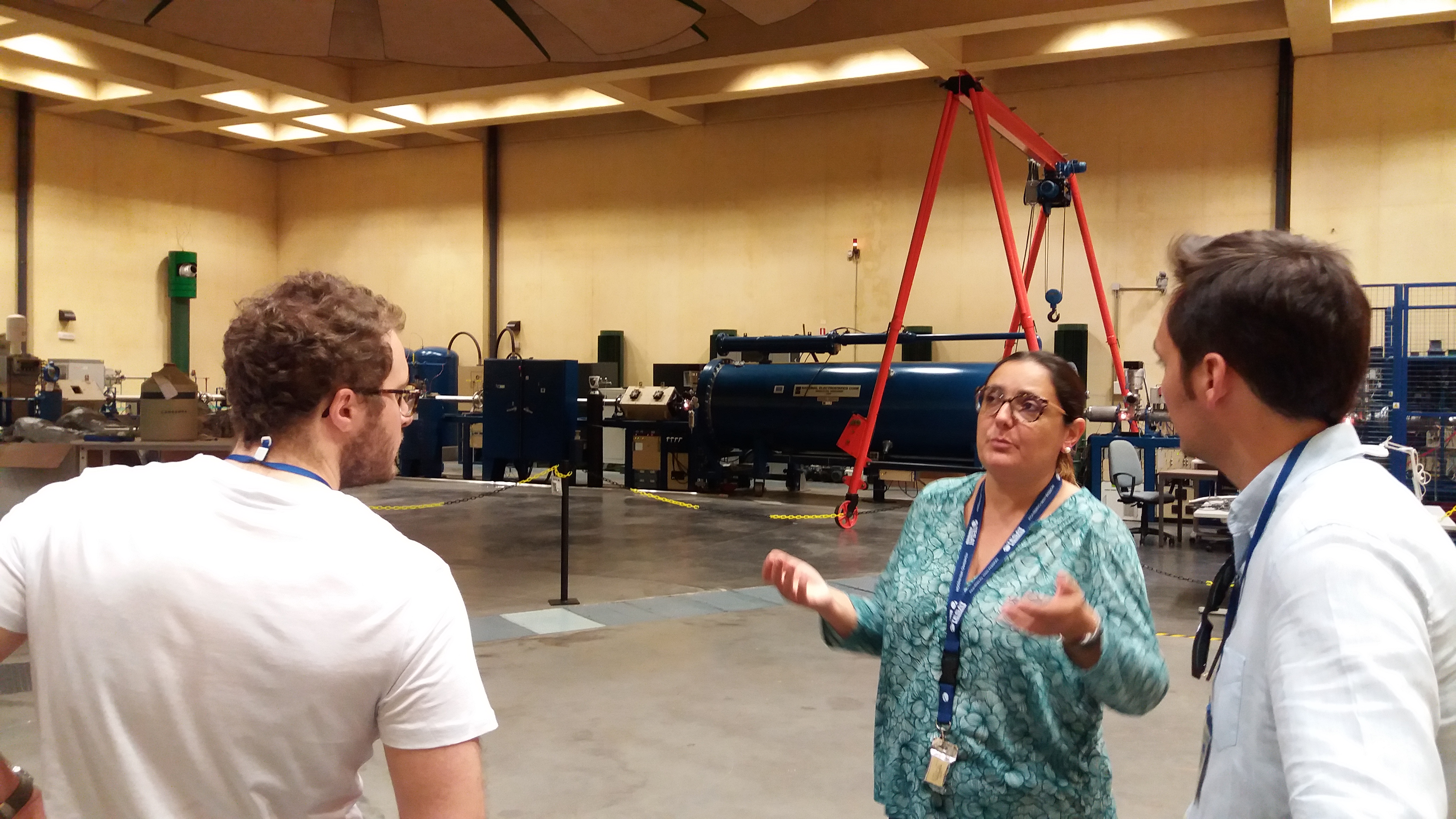
Yolanda Morilla introducing the beamline to the RADSAGA crew (Credit: Andrea Coronetti).
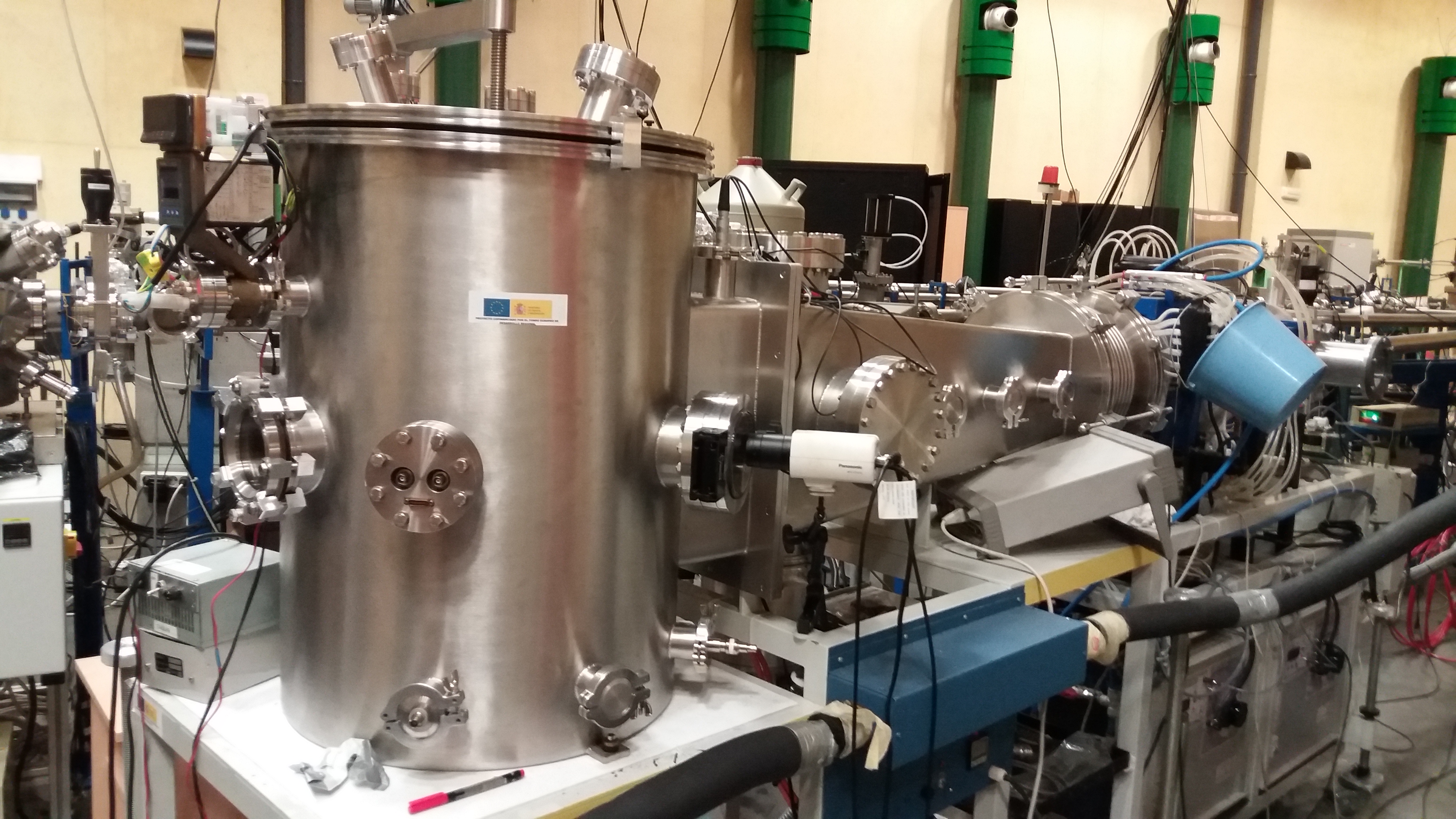
A close-up of the beamline and the vacuum chamber (Credit: Andrea Coronetti).

A Cypress SRAM installed in the SEU tester motherboard and the Si diode just beside it (Credit: Rubén García Alía).
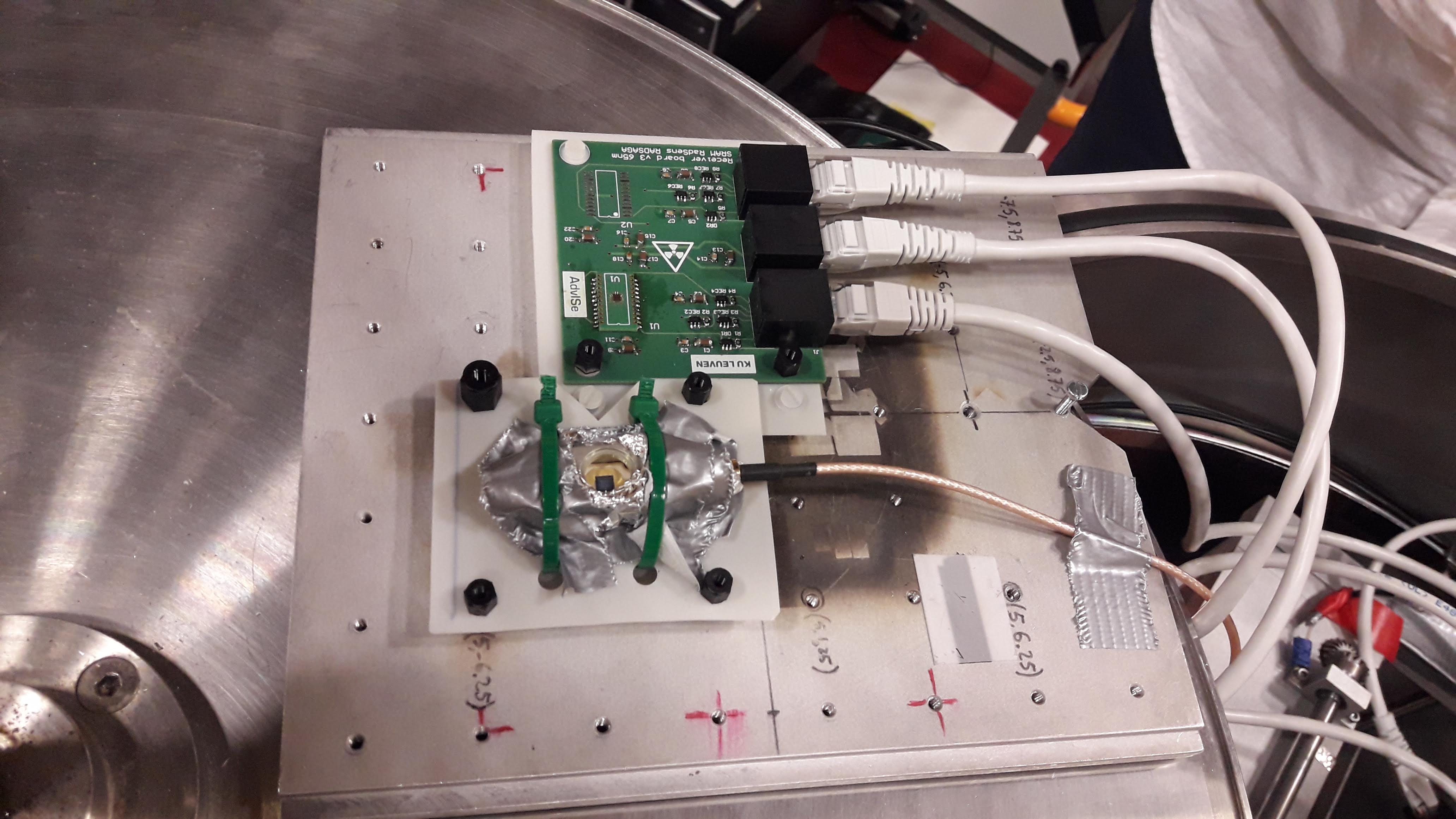
The RADSAGA SRAM on the mounting plate along with the Si diode (Credit: Rubén García Alía).
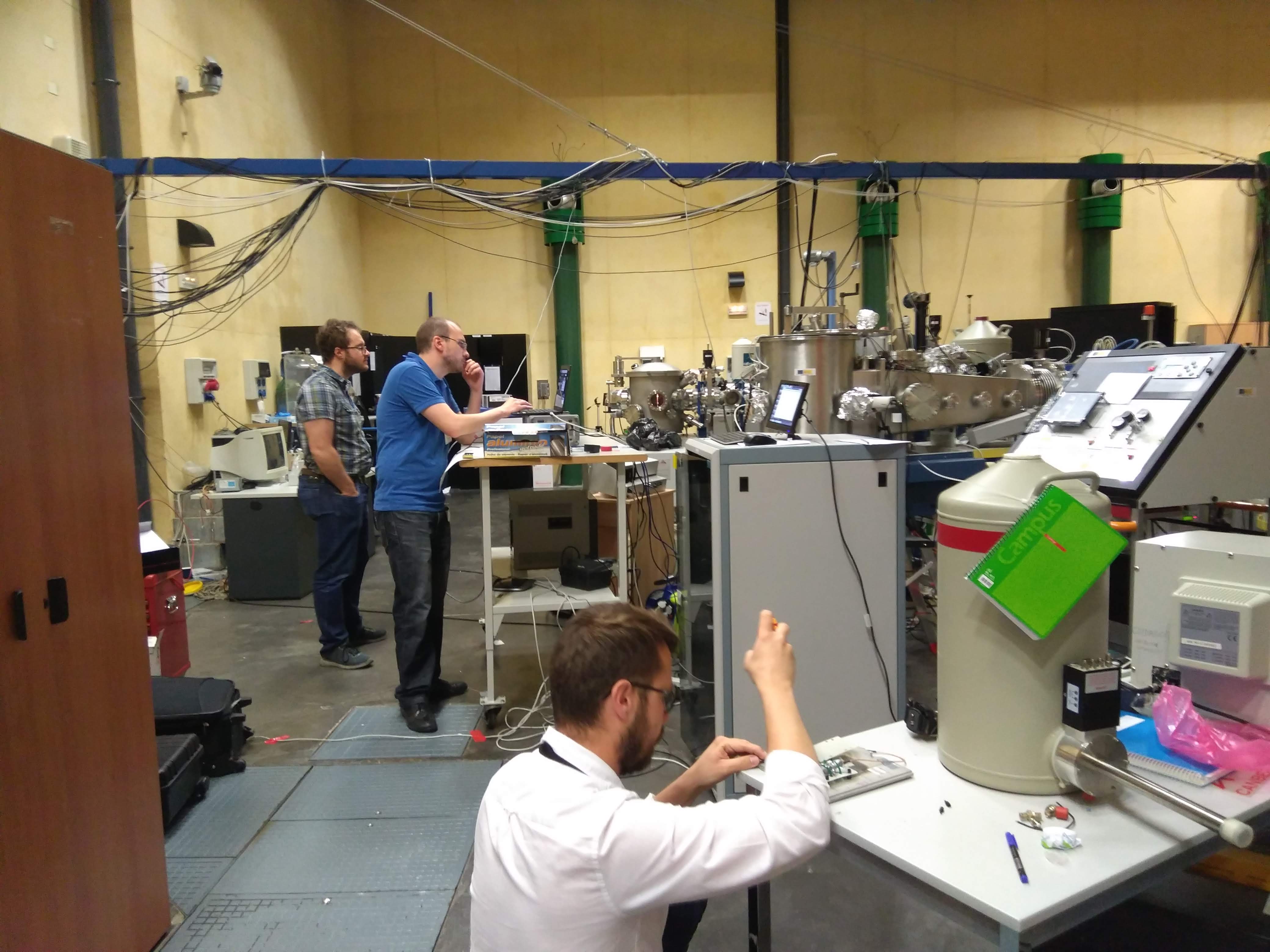
Andrea Coronetti, Carlo Cazzaniga and Pedro Martin-Holgado setting up the RADSAGA SRAM experiment (Credit: Rubén García Alía).

Rubén García Alía, Pedro Martin-Holgado and Andrea Coronetti working on the installtion inside the vacuum chamber (Credit: Yolanda Morilla).
